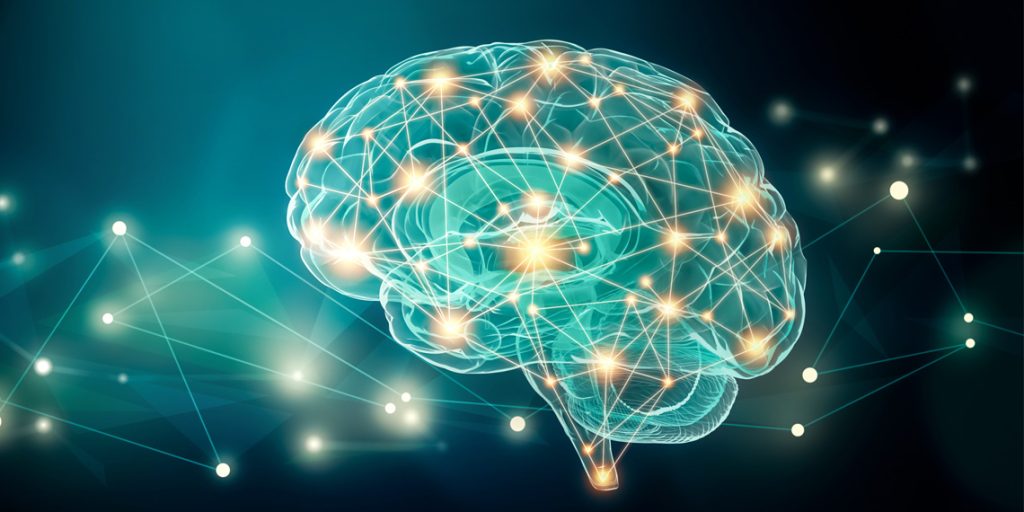Attention-deficit hyperactivity disorder (ADHD) and autism spectrum disorder (ASD) are two of the most common neurodevelopmental disorders. Although the diagnostic criteria are different, the two disorders show significant clinical and genetic overlap.
A new meta-analysis published in 2011 found that American Journal of Psychiatrysought to explore the neural correlates underlying these overlaps and differences by examining 243 task-based functional MRI (fMRI) studies. They found that although ADHD and ASD share some brain activity patterns, the unique differences in brain function for each disorder are far more significant. This suggests that ADHD and ASD should be considered distinct conditions, as their brain activity patterns show more differences than similarities.
The motivation for this study stems from the observed clinical and genetic overlap between ADHD and ASD: ADHD is characterized by persistent patterns of inattention, hyperactivity, and impulsivity that interfere with daily functioning, whereas ASD is characterized by difficulties with social communication and interaction, as well as restricted interests and repetitive behaviors.
Although the diagnostic criteria for each differ, people with ADHD often exhibit symptoms typically associated with ASD, and vice versa. Furthermore, genetic studies have revealed that the two disorders share a common genetic component, further blurring the boundaries between the two.
Previous studies have used task-based functional MRI (fMRI) studies to identify neural correlates of ADHD and ASD symptoms and attempt to understand their overlap. However, these studies often use specific tasks designed for each disorder, which can introduce bias and limit the generalizability of the results. By conducting a meta-analysis, the researchers hoped to overcome these limitations and gain a clearer picture of the neural mechanisms underlying ADHD and ASD.
A meta-analysis is a statistical technique that combines the results of multiple scientific studies to gain a more comprehensive understanding of a particular research question. This method allows researchers to pool data from various individual studies, increasing the overall statistical power and confidence in the findings. By aggregating data, a meta-analysis can identify patterns, trends, and effects that may not be evident in individual studies due to limited sample sizes or different methodologies.
The meta-analysis included data from 243 original task-based fMRI studies in patients with ADHD, ASD, or both, and typically developing controls. Studies were selected through a rigorous search of multiple databases, including PubMed and Web of Knowledge, and screened based on strict inclusion and exclusion criteria.
The final sample consisted of 3,084 patients with ADHD, 2,654 patients with ASD, and 6,795 controls. The studies used a variety of neuropsychological tasks, including go/no-go and n-back tasks for cognitive control, as well as tasks focusing on social processes, reward reactivity, and attention.
Results revealed the presence of both common and disease-specific neural activations in ADHD and ASD. Common activations included increased activation in the right lingual and rectal gyrus, and decreased activation in the left middle frontal and superior temporal gyrus. These common activations suggest that there are common neural pathways involved in the cognitive and behavioral symptoms of both disorders.
However, disorder-specific activation was more pronounced. In ASD, greater than normal activation was observed in the left middle temporal gyrus, inferior parietal lobule, right hippocampus, and left putamen. Lower activation was observed in the left middle frontal gyrus, right middle temporal gyrus, left amygdala, and right hippocampus. These results indicate that ASD is associated with specific neural dysfunction in areas related to social processes, cognitive flexibility, and emotion processing.
In ADHD, we found higher than normal activation in the right insula, posterior cingulate cortex, right amygdala, and putamen. We found lower activation in the right middle temporal gyrus, left inferior frontal gyrus, right globus pallidus, and left thalamus. These results suggest that ADHD is associated with distinct neural abnormalities in areas related to attention, inhibition, and reward processing.
in editorial Commenting on the study, Philip Shaw, a senior investigator in the Neurobehavioral and Clinical Research Division at the National Human Genome Research Institute, wrote that the findings highlight the need for more fMRI studies in which people with ADHD and ASD perform the same tasks, which can help researchers obtain clearer and more consistent data about the unique and shared neural properties of these disorders.
“As the authors highlight, there are only a handful of fMRI studies in which patients with ADHD and ASD perform the same tasks. These head-to-head comparison studies also found that diagnostic differences outweigh similarities, but the brain regions identified did not overlap with those emerging from the meta-analysis. To resolve this discrepancy, more fMRI studies are needed in which patients with ADHD, ASD, or both diagnoses perform the same tasks,” Shaw explained.
“Tamon et al. found that the neurological landscapes of ADHD and ASD are very different, suggesting that these disorders should be considered separately, rather than lumped together. A third option is to collect more data. Specifically, by collecting data transdiagnostically from a common set of core tasks, we can obtain the large data sets necessary to fully understand the functional architecture of the brain in these complex neurodevelopmental disorders.”
the study, “Common and specific neural correlates of attention-deficit hyperactivity disorder and autism spectrum disorder: A meta-analysis of 243 task-based functional MRI studies.The authors of “The Human Condition: A Comparative Perspective on the Role of the Organisation for the Promotion of Science” are Hiroki Tamon, Junya Fujino, Takashi Itabashi, Renato Frahm, Valeria Parlatini, Yuta Aoki, Francisco Xavier Castellanos, Simon B. Eickhoff and Samuele Cortese.


